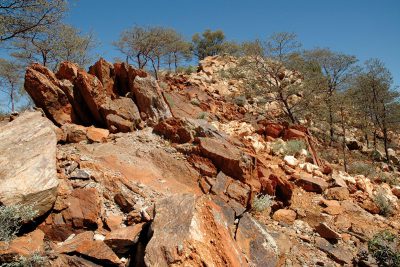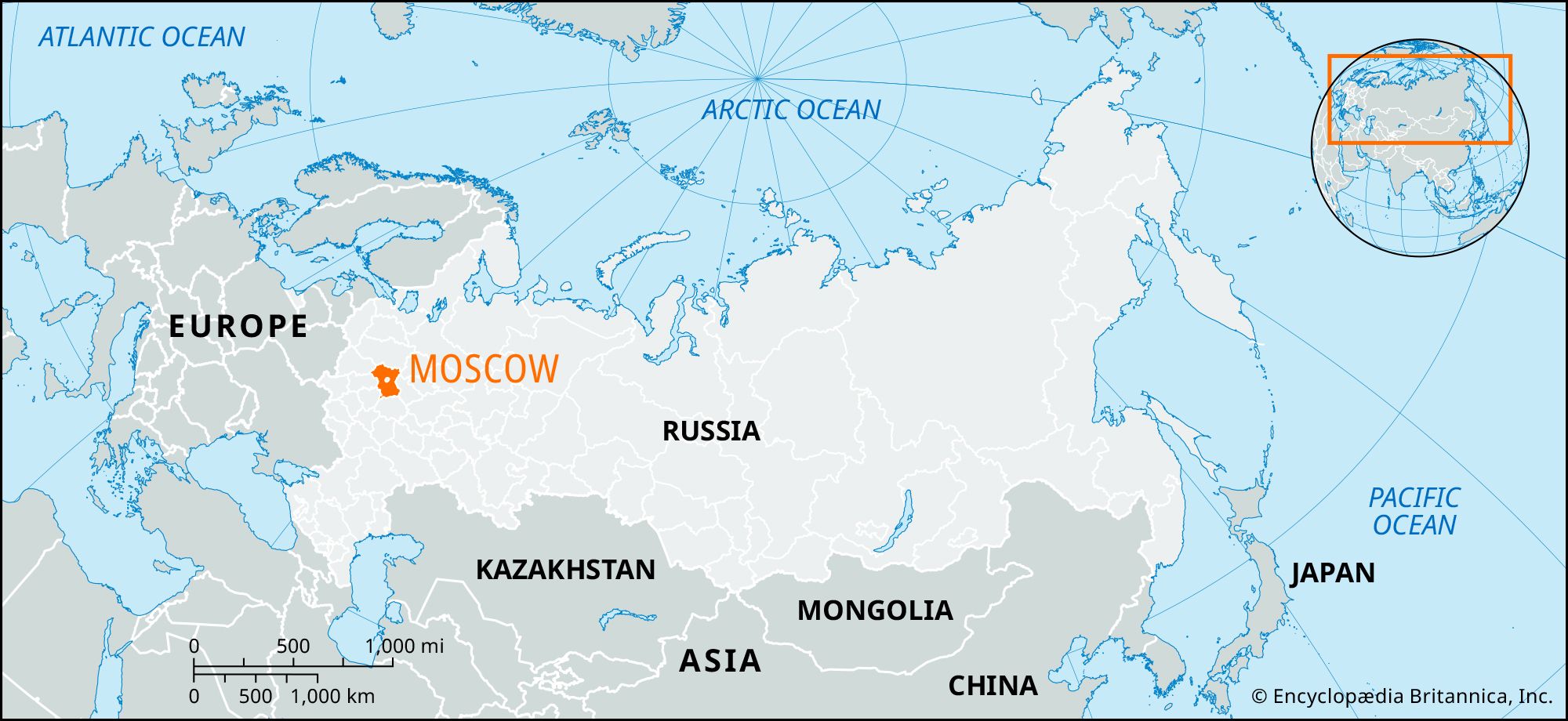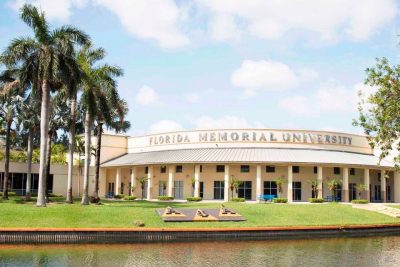
Russia: Explore the Map and Interesting Facts about Moscow

Moscow, the capital of Russia, is a vibrant city teeming with history, culture, and economic significance. As the heart of Moscow in Russia, it attracts millions of visitors each year, eager to explore its rich heritage and contemporary allure. Understanding the broader region of Moscow Oblast is crucial for anyone looking to grasp the importance of this major urban center and its surroundings. This article delves into the fascinating attributes of Moscow and its neighboring areas, showcasing both the natural and man-made wonders that define this part of Eastern Europe.
In this exploration, we will uncover a variety of aspects including the geography, climate, industrial backdrop, and engaging facts about Moscow. The significance of the city extends beyond its borders, encapsulating the characteristics of the greater Moscow Oblast region, which surrounds the capital. Journey with us as we delve deep into the wonders of Russia Moscow and discover what makes this area an integral part of Moscow of Russia.
- Overview of Moscow Oblast
- Geographic Features and Topography
- Climate and Natural Environment
- Industrial Landscape of Moscow Oblast
- Urbanization Trends and Population Demographics
- Agriculture in Moscow Oblast
- Transportation Infrastructure
- Historical Context and Establishment
- Interesting Facts about Moscow
- Conclusion: Exploring Moscow and Its Surroundings
Overview of Moscow Oblast
Moscow Oblast is a significant region located in western Russia, surrounding the bustling capital city of Moscow. Established in 1929, this oblast serves as a critical area for governing and managing the extensive territories that lie adjacent to the capital. Spanning approximately 18,200 square miles, Moscow Oblast is one of the largest regions in Russia, boasting a diverse range of geographical and cultural features. This area is not only vital for its agricultural and industrial output but also holds historical and strategic importance in the Russian landscape.
As a key region within Russia in Moscow, Moscow Oblast is characterized by its proximity to the capital, enhancing its economic, social, and cultural interactions with the city. This synergy provides a unique dynamic that reflects the blending of urban and suburban lifestyles, making the oblast an intriguing subject of exploration for both locals and visitors alike.
Geographic Features and Topography
The geographical layout of Moscow Oblast showcases a variety of fulfilling landscapes. A key feature is the Klin-Dmitrov Ridge, a significant line of terminal moraines that stretches across the region. This geological formation creates distinctive elevation changes that serve as a backdrop to the otherwise broad plains formed by the Oka River. In fact, the Oka River itself is vital for the ecosystem, providing essential water sources and enriching the biodiversity of the region.
Within the oblast, numerous swamps can be found, particularly in the southeastern areas. These wetlands contribute to the unique natural environment of Moscow Oblast, supporting various flora and fauna species that thrive in this ecosystem. The overall topography exhibits a mix of flatlands, gentle hills, and extensive water bodies, making it a beautiful region for outdoor enthusiasts and nature lovers.
Climate and Natural Environment
The climate of Moscow Oblast is classified as continental, characterized by cold winters and mild summers. This type of climate significantly influences the natural environment, with mixed forests covering approximately 40% of the land area. The presence of these forests not only enriches the biodiversity but also contributes to the region's ecological balance, offering habitats for various wildlife species.
In addition to forests, Moscow Oblast is dotted with grass marshes and floodplain meadows. These areas serve as valuable ecosystems that support plant and animal life while also helping in flood control. The unique blend of climatic conditions and environmental characteristics makes Moscow and its surroundings a captivating destination to explore.
Industrial Landscape of Moscow Oblast
Despite experiencing industrial decline since the 1990s, Moscow Oblast remains one of the most highly industrialized regions in Russia. The oblast serves as a leading center for various industries, notably in textiles and engineering. The textile production sector, in particular, continues to thrive in this region, contributing significantly to the local economy.
Moreover, the chemical industry has also established a strong foothold in Moscow Oblast, making it a key player in both regional and national markets. This industrial landscape underscores the region's role as a hub for manufacturing and production, highlighting the ongoing significance of Moscow in Russia in the broader industrial context.
Urbanization Trends and Population Demographics
The urbanization trends in Moscow Oblast are remarkable. Approximately 90% of the population resides in more than 140 urban areas. This high degree of urbanization illustrates the ongoing migration of people from rural regions to cities, driven by the search for better economic opportunities and lifestyles. As a result, cities within the oblast experience continuous growth, exemplifying the dynamic nature of demographics in the region.
The estimated population of Moscow Oblast was about 6.6 million in 2006, indicating a substantial number of individuals living in urban settings. This demographic shift plays a vital role in the economic and cultural development of the region, making it an integral part of life within Moscow and its surrounding areas.
Agriculture in Moscow Oblast
Although Moscow Oblast is recognized for its industrial prowess, agriculture remains a vital component of the region's economy. Agricultural activities in this area are predominantly focused on dairy farming and market gardening. The fertile lands surrounding Moscow enable local farmers to produce a wide variety of crops and dairy products, meeting the needs of both regional markets and the larger city.
Despite the emphasis on industrialization, the agricultural sector plays a crucial role in maintaining local food systems and sustains a significant population engaged in farming-related activities. This balance between industry and agriculture reflects the broader complexity of life in Moscow Oblast and its relationship with the capital city.
Transportation Infrastructure
One of the strongest assets of Moscow Oblast is its well-developed transportation infrastructure. The region features an extensive network of railroads, roads, and waterways that facilitate the movement of goods and people. This connectivity plays an essential role in economic growth and the daily lives of residents, allowing for easy access to Moscow and other surrounding areas.
The transportation system not only supports industrial and agricultural activities but also enhances tourism potential. Visitors can efficiently navigate through Moscow and its neighboring regions, exploring the rich history and culture that this area has to offer. As Moscow in Europe continues to attract tourists and business travelers alike, the transportation infrastructure remains a key component of its ongoing development.
Historical Context and Establishment
The historical context of Moscow Oblast dates back centuries, with its establishment in 1929 marking a significant milestone in the region's governance. The area surrounding the capital has been pivotal in Russian history, serving as a center for commerce, culture, and politics. Throughout the years, Moscow has witnessed numerous historical events that have shaped not only the city but also the broader region of Moscow in Russia.
The region has played a vital role in the development of Russian society, making it essential for understanding the heritage of Moscow. From the rise of industry to the growth of urban areas, the historical evolution of Moscow Oblast is woven intricately with the narrative of the capital city, enriching its past and present.
Interesting Facts about Moscow
Delving into Moscow reveals a plethora of fascinating facts that continue to intrigue residents and visitors. For instance, Moscow is renowned for being one of the largest cities in the world, with its metropolitan area housing millions of people. Additionally, the architecture of Russia Moscow is truly captivating, blending traditional Russian styles with modern designs.
Another interesting fact is that Moscow is home to the largest subway system in Europe, known for its stunning stations that resemble art galleries. Moreover, the city boasts numerous parks and green spaces, providing residents with tranquil retreats from the bustling urban environment.
Conclusion: Exploring Moscow and Its Surroundings
In conclusion, exploring Moscow and the encompassing region of Moscow Oblast offers a unique perspective on the vibrant life and historical depth of this area. From its geographical and industrial significance to its diverse demographics and rich heritage, there is much to uncover in this remarkable region of Russia.
Whether you are interested in culture, history, or simply experiencing the dynamic atmosphere that defines Moscow's streets, the capital and its surroundings present a remarkable journey. The interplay of urban and rural life, set against the backdrop of the rich landscapes and industrial advancements, creates a compelling narrative that enriches the overall experience of Moscow in Europe and its significance in the context of Eastern Europe.
Did you find this article helpful? Russia: Explore the Map and Interesting Facts about Moscow See more here Education.
Leave a Reply






Related posts